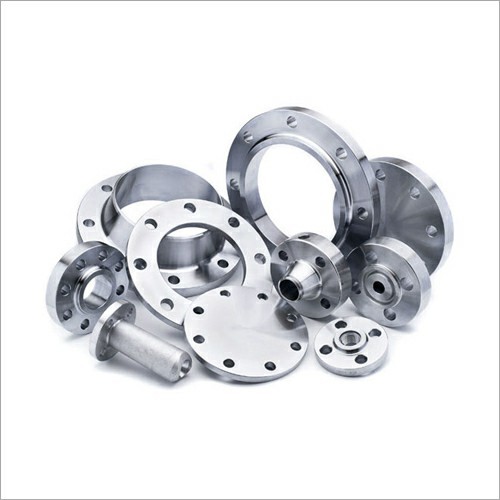How do I know which flange to use?
Date:
2024-09-07
Selecting an appropriate flange for your application hinges on a variety of crucial factors linked to the system's specifications. This guide is designed to aid in determining the suitable flange for your use:
1. Pressure and Temperature Considerations
- Pressure Class (Rating): Flanges are classified by the maximum pressure they are designed to bear. For example, JIS flanges are available in pressure ratings such as 5K, 10K, and so on. A 5K flange has a lower pressure capacity compared to a 10K flange. Systems with higher pressure necessitate flanges with corresponding higher pressure ratings.
- Temperature Resistance: Systems that operate at high temperatures may require flanges constructed from materials that can endure heat without distortion. It is essential to ensure that the flange material and rating are compatible with the operating temperature.
2. Material Suitability
- Flange Material: The material should align or be compatible with the pipes and the medium being conveyed. Common materials include:
- Carbon Steel: Ideal for general applications involving water, air, steam, and oil.
- Stainless Steel: Appropriate for environments with corrosive substances such as chemicals and seawater.
- Special Alloys or High-Temperature Materials: Necessary for high-temperature applications or harsh conditions.
- Corrosion Resistance: For corrosive media, choose a flange material that has high resistance to corrosion, like stainless steel or specialized alloys.
3. Connection Type
- Weld Neck Flanges: Ideal for high-pressure and high-temperature conditions, offering strong, permanent connections through welding.
- Slip-On Flanges: Simpler to install but less robust than weld neck flanges; commonly used in low-pressure applications.
- Blind Flanges: Employed to seal the end of a piping system.
- Lap Joint Flanges: Used where frequent disassembly is anticipated.
- Threaded Flanges: Suitable for systems where welding is not feasible or preferred, often in small-diameter pipes.
- Socket Weld Flanges: Appropriate for smaller, high-pressure piping systems.
4. Size and Dimensions
- Nominal Diameter (DN or NPS): The flange must correspond to the pipe diameter.
- Bolt Hole Patterns: Confirm that the flange features the correct bolt hole pattern to match the pipe or equipment connections. Standards such as JIS, ANSI, and DIN specify bolt circle diameter (PCD), bolt size, and quantity of bolts.
- Thickness and Gasket Compatibility: The flange's thickness and gasket face should be appropriate for the intended use. Thicker flanges can tolerate greater stresses.
5. Face Type
- Raised Face (RF): Widely utilized, particularly in industrial settings, offering a reliable sealing surface.
- Flat Face (FF): Generally used in conjunction with other flat surfaces, commonly in low-pressure systems.
- Ring-Type Joint (RTJ): Applicable in high-pressure and high-temperature scenarios, featuring a metal ring as the sealing element.
6. Industry Standards Compliance
- Verify that the flange conforms to the pertinent industry standards (JIS, ANSI/ASME, DIN, etc.) for your specific industry or geographic region. These standards outline dimensions, materials, pressure ratings, and quality requirements.
7. Application Specifics
- Fluid Nature: Take into account the type of fluid being conveyed, such as water, oil, steam, or corrosive chemicals, as different flanges and materials are required for different fluids.
- Environmental Factors: Consider the impact of factors like saltwater, chemicals, extreme temperatures on the choice of materials or coatings to ensure long-term durability and performance.
Summary of Key Considerations:
- Pressure and Temperature Rating
- Material Compatibility
- Connection Type
- Flange Size and Dimensions
- Face Type (RF, FF, RTJ)
- Industry Standards
- Application Environment
Assessing these aspects will enable you to choose the correct flange for your particular requirements. Seeking guidance from an engineer or supplier can also offer customized recommendations based on your system's demands.
Sanshi (Hebei) Industrial Co., Ltd. is a manufacturer specializing in the production of flanges and pipe fittings. Our goods are exported to overseas, and can produce flanges and pipe fittings of American standard ANSI, German standard DIN, European standard EN1092, Japanese standard JIS, British standard BS, Russian standard GOST, Italian standard UNI and other international standards. If you have any purchase needs or questions, please contact us.

Key Words:
Previous:
Next:
Related News





